You don’t build it for yourself. You build it for them.
“You don’t build it for yourself. You know what people want, and you build it for them.” – Walt Disney
This statement seems so obvious, yet it regularly doesn’t happen. Understanding your customer and being responsive to customer needs will be the difference between a business that fails (or just gets by) or thrives.
When a business complains to me that their business isn’t going well, the first thing I ask them is, “What do your people tell you?”
Let’s look at some simple examples where, if the customer was always truly put first and their needs responded to smartly so that the business is still profitable in its delivery, these businesses would thrive. Why? Because a happy customer is one that speaks positively to you and your staff, and about you to their peers.
Customer comes into a cafe, asks if they have almond milk and leaves feeling mocked for asking.
Understand the demographic or your area, talk to your customers and ask their opinion. Find the demand (don’t wait for it to come to you) and respond to it. Don’t ever make the customer feel like there is something wrong with them because they have specific needs. It’s your job to serve them.
A client comes through at the last minute with a list of actions that need to be delivered within a short period of time. Agency is not responsive to the client’s needs in the timeframe that he/her requires (they have clocked off for the day or reached their monthly head hours).
The agency is not the client, the agency is there to add value to the client for a specific project and provide support. When your client really needs your help, don’t make it hard for them. Through your attitude and service delivery show them that you have their back.
A person with disability wants to take a holiday, but is left disappointed that the options for him/her are second rate leaving them to feel isolated and not welcome.
Social inclusion for individuals and communities is a vital for society. In Australia accessible tourism represents $10.8billion to the Australian economy. We aren’t all the same, so why do so many businesses deliver their offering one way only with no consideration to or care for difference?
Businesses that are responsive to these needs through inclusive design from physical spaces to services offered ensures this customer feel welcome and included.
One of a trillion apps are created but nobody downloads and uses it. App creator is upset and feels that they haven’t been supported by their customers.
Did the app developed in response to a true demand and understanding on how their customer used technology or was it more because they think apps are on trend? Most apps fail because they aren’t responsive to the consumer and the way in which they interact with technology. Just because apps work for Uber, Headspace and Audible doesn’t mean suit your offering.
Everyone who is involved in a business whether it is customer facing or not, whether you are an employee or the owner, remember this,
“You don’t build it for yourself. You must know what people want (and if you don’t, learn quickly), and you build it for them.”

